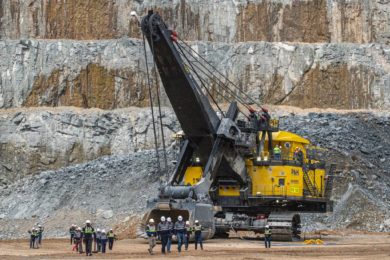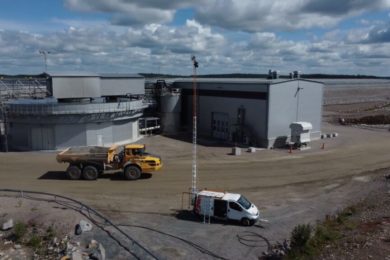Advanced logging tools with the capacity to measure geological data whilst drilling are being developed for Underground In-Seam (UIS) drilling by CRCMining. The aim of the Advanced Logging Tool project is to develop a suite of Measurement Whilst Drilling (MWD) tools that can facilitate faster and more reliable holes to be drilled, provide accurate Coal Interface Detection (CID) for geo-steering, and to leverage in-seam drilling for geological modelling and longwall planning.
The UIS industry is lacking a number of the leading edge capabilities that has helped the Surface to In-Seam (SIS) drilling industry to improve the quality of metres drilled and provide geological surveying data for mine planning. These capabilities include:
- Real-time wireless telemetry that enables standard hollow drill pipes to be used
- Pump down wire-line tools
- CID for geosteering.
One inherent weakness in current UIS drilling practices is the inability to maintain the bit within the confines of the coal seam. As a result, coal seam boreholes tend to undulate, frequently drilling out of the seam. This requires pullbacks and branching, which duplicates drilling meters, and establishing a branch takes time. It is estimated that 20-30% extra metres are drilled as a result of branches. Branching also carries a risk of borehole collapse, so are not desirable from a gas drainage perspective.
With the development of the Advanced Logging Tool, CRCMining is also helping to address a current lack of geological mapping that would be highly valuable for longwall planning.
CRCMining with support from Australian Coal Association Research Program (ACARP) commenced the Advanced Logging Tool project for the Underground In-Seam (UIS) drilling industry. In 2014 CRCMining developed a resistivity measurement tool, which is believed to be the best solution available for geo-steering, not only for UIS drilling but also for SIS drilling.
For many decades, geo-steering has been delivered in horizontal boreholes using one of various methods: (1) near bit directional gamma, (2) directional induction type resistivity tools, (3) directional electrode type resistivity tools, and (4) in the early days, rudimentary resistivity tools.
The gamma tools provide a depth of investigation of 300 mm, hence are not suitable for UIS drilling as they sit too far behind the bit and motor. On the other hand, modern resistivity tools provide a depth of investigation between 1-3 m. Thus, CRCMining has investigated the existing resistivity technologies and concluded that they are either too expensive ($1-$2 million) for manufacturing a slimline prototype, or the manufacturers of the tools were not able to provide adequate evidence that their tool would work effectively in underground coal seam drilling.
CRCMining Electrical Engineer Edward Prochon said that with the development of the In Seam Wireless Drill String and the Advanced Logging Tool architecture, CRCMining is positioning itself to be able to deliver tools suitable for both niche and broader markets. “Many in the industry regard technologies developed by CRCMining as game changers,” he said.
“The advanced logging tool has the capacity to vastly improve productivity in underground in-seam mining operations. It will help change drilling practices by continuously identifying structures such as the roof and floor of the coal seam, as well as faults, dykes and sills. This will minimise delays during drilling, and achieve more reliable pre-mining drainage by drilling straighter holes,” he said.
Unplanned longwall delays will also be reduced, which can cost around $1 million per day for some mining operations.
The final stages of the project will involve completing the design and manufacturing review, calibration tests, tool compliance with coal mines standards, lab and field experiments and finalising the user interface for UIS drilling.









